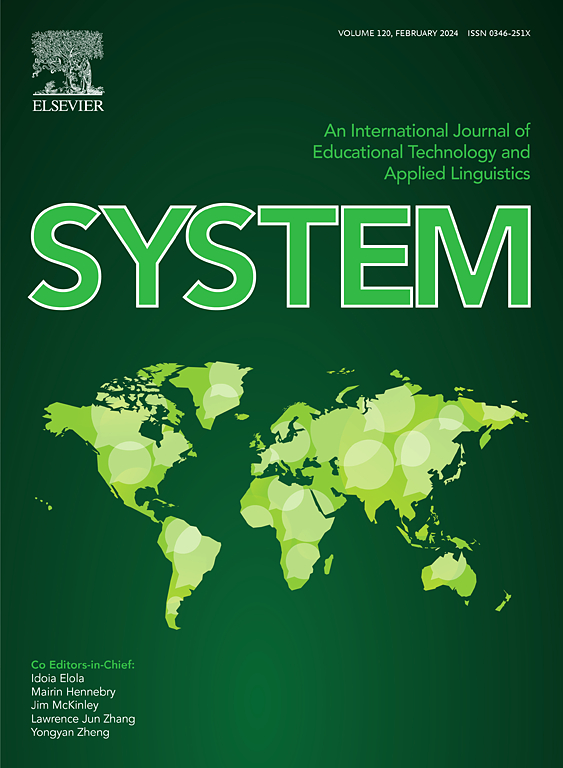咖啡酸和绿原酸介导ADPN-AMPK-PPARα通路改善蛋鸡脂肪肝和生产性能
IF 6.5
1区 农林科学
Q1 Agricultural and Biological Sciences
引用次数: 0
摘要
咖啡酸(CA)及其衍生物绿原酸(CGA)在预防和缓解脂肪肝方面表现出良好的前景。与 CGA 相比,CA 的生产成本更低,生物利用率更高,因此有可能成为一种优质饲料添加剂。然而,CA 和 CGA 对蛋鸡脂肪肝的功效、机理差异和比较影响仍不清楚。本研究旨在评估和比较 CA 和 CGA 对蛋鸡生产性能、鸡蛋质量和脂肪肝的影响。研究人员将 1440 只 61 周龄的海林褐壳蛋鸡随机分为 8 组,分别饲喂添加基础日粮、25、50、100 和 200 mg/kg CA 以及 100、200 和 400 mg/kg CGA 的日粮(CON、CA25、CA50、CA100、CA200、CGA100、CGA200 和 CGA400)12 周。CA和CGA都提高了生产性能和鸡蛋质量,同时降低了肝损伤和脂质积累的指标。CA和CGA能明显降低TG、TC和LDL-C水平,提高T-SOD活性。转录组和蛋白质组分析表明,CA 和 CGA 通过下调脂质生物合成相关基因(ACLY、ACACA、FASN 和 SCD1)和增强脂质转运和氧化基因(FABPs、CD36、CPT1A、ACOX1 和 SCP2)来减少肝脏脂质积累。值得注意的是,低剂量 CA25 与高剂量 CGA100 组在缓解脂肪肝方面的疗效相当。从机理上讲,CA和CGA通过激活ADPN-AMPK-PPARα信号通路来缓解脂质积累。这项研究表明,日粮 CA 和 CGA 能有效改善蛋鸡的产蛋性能、鸡蛋质量和肝脏脂质代谢,其中 CA 可能更经济、更高效。转录组和蛋白质组证据突显了 CA25 和 CGA100 之间的共享机制。这些发现为将 CA 和 CGA 作为治疗母鸡脂肪肝及相关代谢疾病的药物奠定了基础,同时也为将 CGA(包括 CGA 的异构体)有针对性地转化为 CA 提供了见解,从而为有效利用 CGA 提供了新的策略。(1)日粮CA和CGA可改善脂肪肝、产蛋性能和鸡蛋质量。(2)较低剂量的CA25可达到与CGA100或CGA200同等的改善效果。(3)CA和CGA通过ADPN-AMPK-PPARα途径缓解脂肪肝。本文章由计算机程序翻译,如有差异,请以英文原文为准。
Caffeic acid and chlorogenic acid mediate the ADPN-AMPK-PPARα pathway to improve fatty liver and production performance in laying hens
Caffeic acid (CA) and its derivative, chlorogenic acid (CGA), have shown promise in preventing and alleviating fatty liver disease. CA, compared to CGA, has much lower production costs and higher bioavailability, making it a potentially superior feed additive. However, the efficacy, mechanistic differences, and comparative impacts of CA and CGA on fatty liver disease in laying hens remain unclear. This study aimed to evaluate and compare the effects of CA and CGA on production performance, egg quality, and fatty liver disease in laying hens. A total of 1,440 61-week-old Hyline Brown laying hens were randomly divided into 8 groups and fed diets supplemented with basal diet, 25, 50, 100 and 200 mg/kg of CA, and 100, 200 and 400 mg/kg of CGA (CON, CA25, CA50, CA100, CA200, CGA100, CGA200 and CGA400, respectively) for 12 weeks. Both CA and CGA improved production performance and egg quality, while reducing markers of hepatic damage and lipid accumulation. CA and CGA significantly decreased TG, TC, and LDL-C levels and increased T-SOD activity. Transcriptomic and proteomic analyses revealed that CA and CGA reduced hepatic lipid accumulation through downregulation of lipid biosynthesis-related genes (ACLY, ACACA, FASN, and SCD1) and enhanced lipid transport and oxidation genes (FABPs, CD36, CPT1A, ACOX1, and SCP2). Of note, low-dose CA25 exhibited equivalent efficacy to the higher dose CGA100 group in alleviating fatty liver conditions. Mechanistically, CA and CGA alleviated lipid accumulation via activation of the ADPN-AMPK-PPARα signaling pathway. This study demonstrates that dietary CA and CGA effectively improve laying performance, egg quality, and hepatic lipid metabolism in laying hens, with CA potentially being more economical and efficient. Transcriptomic and proteomic evidence highlight shared mechanisms between CA25 and CGA100. These findings provide a foundation for CA and CGA as therapeutic agents for fatty liver disease and related metabolic diseases in hens, and also offer insights into the targeted modification of CGA (including the isomer of CGA) into CA, thereby providing novel strategies for the efficient utilization of CGA. (1) Dietary CA and CGA improve fatty liver, laying performance and egg quality. (2) Lower dose of CA25 achieves the equivalent improvement as CGA100 or CGA200. (3) CA and CGA mediate the ADPN-AMPK-PPARα pathway to alleviate fatty liver.
求助全文
通过发布文献求助,成功后即可免费获取论文全文。
去求助
来源期刊

Journal of Animal Science and Biotechnology
AGRICULTURE, DAIRY & ANIMAL SCIENCE-
CiteScore
9.90
自引率
2.90%
发文量
822
审稿时长
17 weeks
期刊介绍:
Journal of Animal Science and Biotechnology is an open access, peer-reviewed journal that encompasses all aspects of animal science and biotechnology. That includes domestic animal production, animal genetics and breeding, animal reproduction and physiology, animal nutrition and biochemistry, feed processing technology and bioevaluation, animal biotechnology, and meat science.
 求助内容:
求助内容: 应助结果提醒方式:
应助结果提醒方式:


